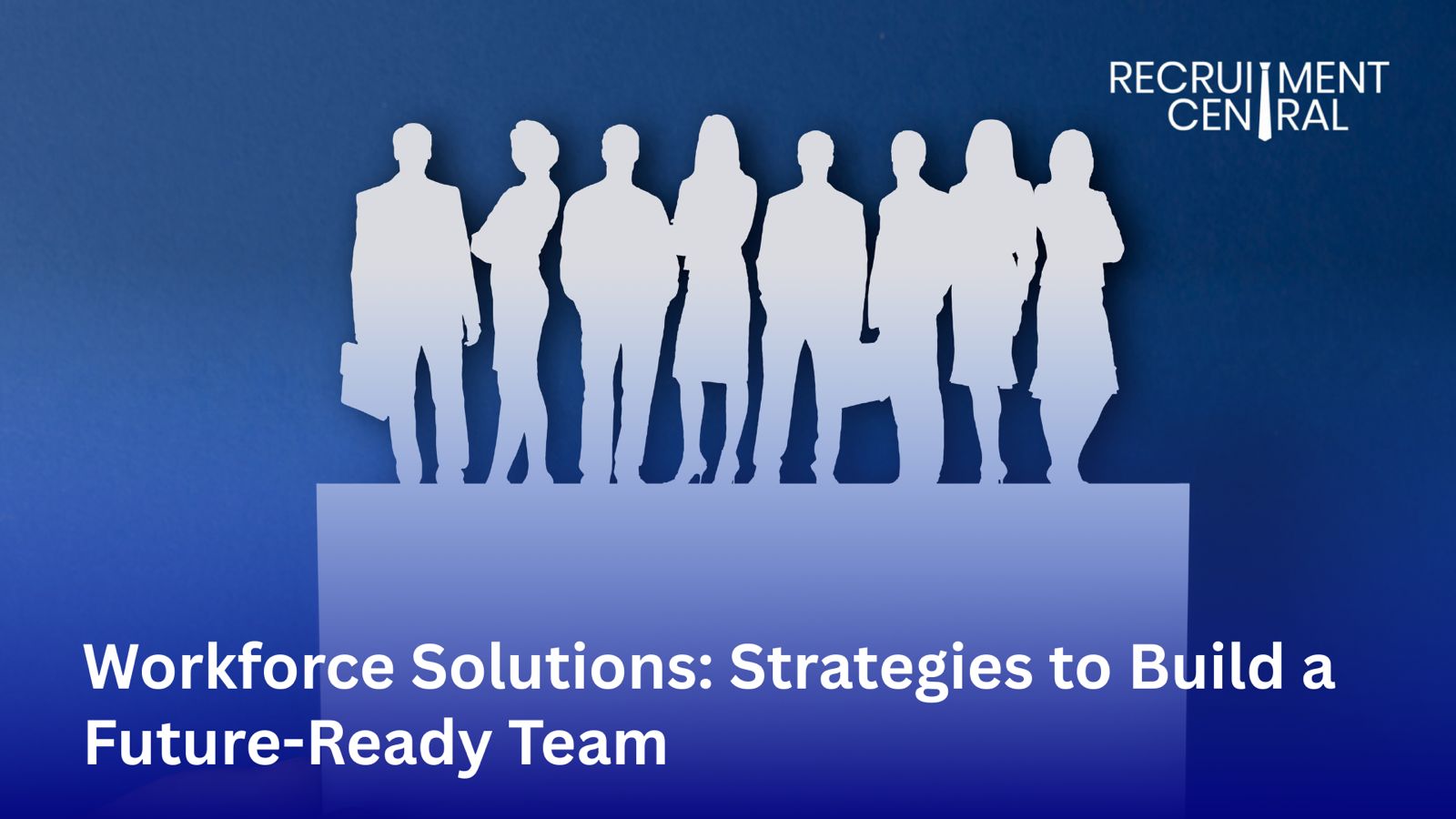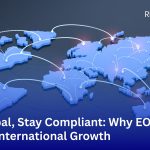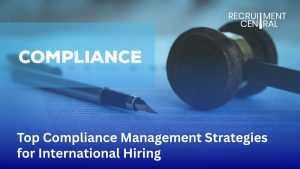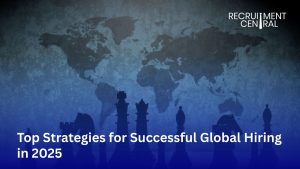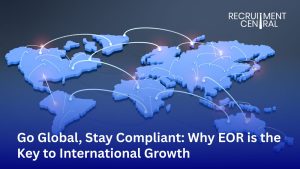Introduction
Expanding into a new market is exciting, but it’s not that easy. The reality is that you will face talent shortages and tricky compliance rules. Plus, employees nowadays expect more than before.
No,w if you’re trying to scale into Asia without setting up a local entity, the real question here is how do you build a team that works for today and is still strong enough for tomorrow?
The truth is, it does not need to be this complex for you. The smartest companies are turning to future-ready workforce solutions, which include a mix of fast hiring, airtight compliance, cost efficiency, integrated tech, and retention strategies that actually stick.
That’s how you grow without dealing with red tape or losing talent to competitors. Let me walk you through how it works.
The Case for a Future-Ready Workforce
Let’s have a look:
- 62% of companies in Asia-Pacific say they’re struggling with skill shortages.
- At the same time, nearly 9 out of 10 employees now prefer hybrid or remote work.
- And if you look at compliance, it’s not easy either. India alone requires more than 22 regulatory approvals just to bring a new hire on board.
So what happens if businesses don’t adapt? They will lose great talent and money. Also, their expansion plan will slow down.
Strategy 1: Accelerate Hiring without Sacrificing Quality
When it comes to hiring for the future, you need both speed and quality:
- Now, if you are hiring from just your local talent pool, you will miss out. That’s why global sourcing matters. You get to choose from multiple markets and a lot of talented people.
- Sometimes, you don’t have the time for a long hiring cycle. That’s where pre-vetted talent pools come in. You can use contractors or freelancers to hire for you urgently, without slowing you down.
- There are AI-driven recruitment tools that are just amazing. This way, you don’t have to read all the resumes. AI can screen candidates, set up interviews, and even suggest the best matches for your role.
Traditional Hiring vs. Future-Ready Hiring
| Aspect | Traditional Hiring | Future-Ready Hiring |
| Time-to-hire | 8–12 weeks | 2–4 weeks |
| Candidate sourcing | Local only | Global + pre-vetted |
| Recruitment process | Manual | Automated/AI-driven |
| Flexibility | Low | High (contract + full-time mix) |
Also Read: Workforce Solutions to Streamline Your Hiring Process
Strategy 2: Stay Compliant Across Borders
Every country has its own set of rules, and they’re all different. This makes compliance complex.
Take Singapore, for example: Here, you can’t ignore CPF contribution requirements. Then there’s India, where employment is managed by 19 different authorities. And in Vietnam, you can’t just hand over an English contract; it has to be written in Vietnamese to be valid.
Now, if you have to set up a local entity in each of these places, just to hire a few people, it will be expensive and time-consuming.
Instead, the best move is to use an Employer of Record (EOR). An EOR is like your local legal employer. They handle payroll, contracts, taxes, and benefits for you, and you can use your time to manage the actual work.
Strategy 3: Optimize Costs with Smart Expansion
Expanding to different markets is great for a business, but expanding shouldn’t break the bank. Here is what you should do:
- Skip entity setup: Setting up a local entity is quite costly. Just look at Vietnam, where incorporation costs can shoot past $15,000 upfront before you’ve even hired a single person.
- Leverage talent hubs: you don’t have to pay premium prices, because you can hire top-notch developers in India or build support teams in the Philippines at highly competitive rates. This way, you will still get the quality, just without the extra expense.
- Blend workforce models: I suggest using contractors and freelancers, also. This way, you can reduce overhead by 20–30%.
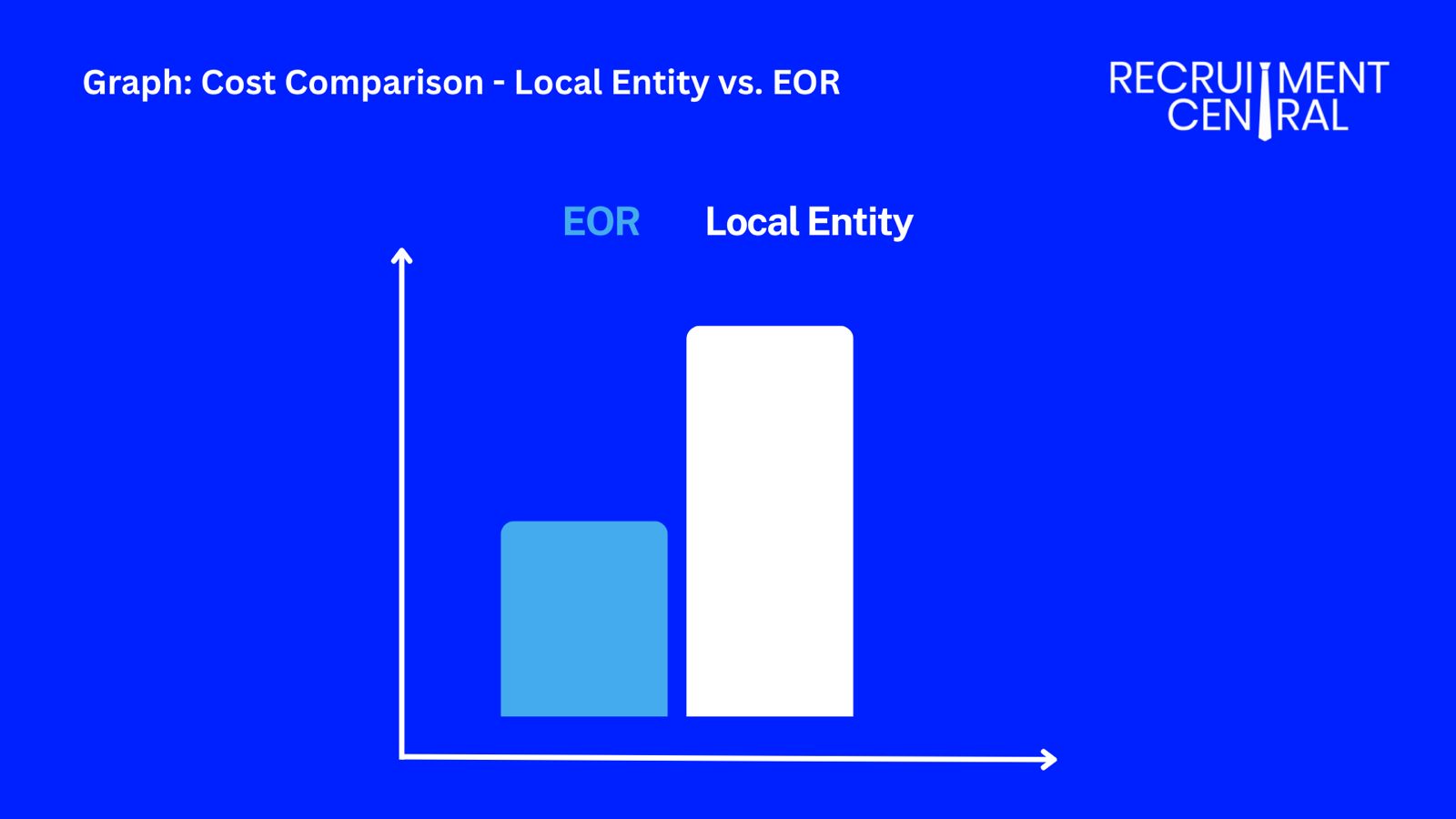
Strategy 4: Integrate HR, Payroll & Compliance Systems
Disjointed systems create errors and waste time. That’s why I suggest using integrated platforms, because when hiring, onboarding, payroll, and compliance are all in one place, everything just flows better.
Let me tell you about its benefits:
- One source of truth: You get real-time visibility across all your markets.
- Error reduction: This way, everything is automated, and the room for error disappears.
- Agility: You can scale into new countries in just days instead of months.
Outcomes of Fragmented vs. Integrated HR Systems
| Factor | Fragmented Systems | Integrated Systems |
| Compliance risk | High (19% issues) | Low (2% issues) |
| Payroll effort | Heavy | –75% effort |
| Cost savings | Minimal | 20–30% savings |
Also Read: Staffing Service Trends in 2025: What Businesses Should Know
Strategy 5: Focus on Retention & Employee Experience
Hiring fast means nothing if people don’t stay. A great team that is ready for the future is only built when there is retention and growth.
- Competitive benefits: Focusing on providing benefits to the employees, like health coverage and family support, shows that the company cares.
- Flexibility: Providing flexibility to the employee is a must in the present times. Hybrid work has become an important part of today’s work culture. A Trip.com study showed attrition dropped by 33% when employees were allowed a hybrid work setup.
- Growth opportunities: New growth opportunities are always going to keep your employees with you. People stay when they can learn new skills and move up internally.
- Culture & recognition: Company culture matters a lot. People want to feel valued. Studies show employees who feel recognized are 21% more productive and stay loyal.
Conclusion
In the end, I would just say that building a team that is future-ready means creating a workforce that is strong and ready to grow with you.
You can build such a team by using global talent sourcing and AI. This way, you can hire fast. With Employer of Record (EOR) partners, you can stay compliant.
You can also save money by not setting up entities, and with integrated HR systems, you can have your work running smoothly.
As you expand into Asia, make sure you know how to be fast and compliant. This way, you’ll have a team that works for today and stays ready for tomorrow.


